Clemens Vasters
What is a Message Queue and when and why would I use it?
#1about 5 minutes
The history and ubiquity of queues in daily life
Real-world examples like postal services, registration lines, and traffic illustrate the fundamental principles of queuing for managing shared resources.
#2about 11 minutes
How queues already power modern computing systems
Your computer's operating system and network stack rely on multiple hidden queues for CPU scheduling, thread pools, and handling network requests.
#3about 5 minutes
Defining a queue as a fundamental data structure
A queue is a first-in, first-out (FIFO) data structure where taking an item removes it, providing exclusive access and an observable length.
#4about 3 minutes
What a message queue is and how it ensures reliability
A message queue uses a durable broker to accept, store, and manage the lifecycle of each message, guaranteeing delivery even if a consumer crashes.
#5about 1 minute
Why Apache Kafka is not a message queue
Apache Kafka functions as an event stream and lacks key queue features like individual message lifecycle management and exclusive consumer acquisition.
#6about 5 minutes
Understanding the structure of a message as an envelope
A message consists of a payload (the data) wrapped in an envelope with metadata that guides its transport and processing without inspecting the content.
#7about 6 minutes
Exploring real-world use cases for message queues
Message queues are critical in industries like finance, industrial automation, and connected vehicles, and can act as secure bridges between isolated networks.
#8about 1 minute
The competing consumers pattern for load balancing
The competing consumers pattern allows multiple worker processes to pull jobs from a single queue, with the queue ensuring each job is assigned exclusively.
#9about 2 minutes
Using queues for load leveling to handle request bursts
Queues act as a buffer to absorb sudden spikes in traffic, preventing system overload and enabling back-end services to process work at a steady pace.
#10about 2 minutes
Handling message failures with dead-letter queues
A dead-letter queue (DLQ) is a built-in error handling mechanism that automatically collects messages that fail processing or expire.
#11about 2 minutes
An overview of the messaging and eventing ecosystem
The messaging landscape includes different broker types like queue brokers, event stream brokers, and event routers, each suited for different use cases.
#12about 1 minute
The claim check pattern for handling large files
The claim check pattern is the recommended approach for large files, where the file is stored separately and a reference to it is passed through the queue.
Related jobs
Jobs that call for the skills explored in this talk.
Matching moments
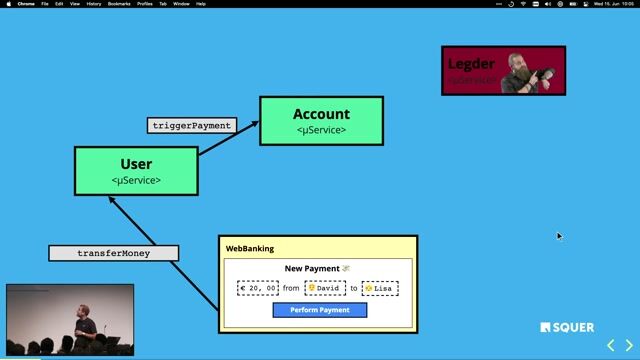
06:09 MIN
Decoupling services with asynchronous message queues
The Rise of Reactive Microservices
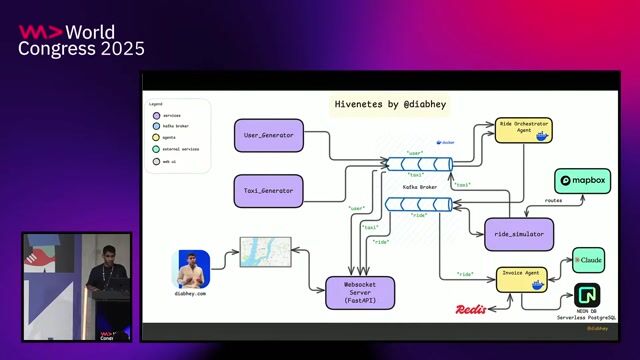
09:24 MIN
The system design of the event-driven architecture
Event-Driven Architecture: Breaking Conversational Barriers with Distributed AI Agents

05:20 MIN
A traditional approach to streaming with Kafka and Debezium
Python-Based Data Streaming Pipelines Within Minutes
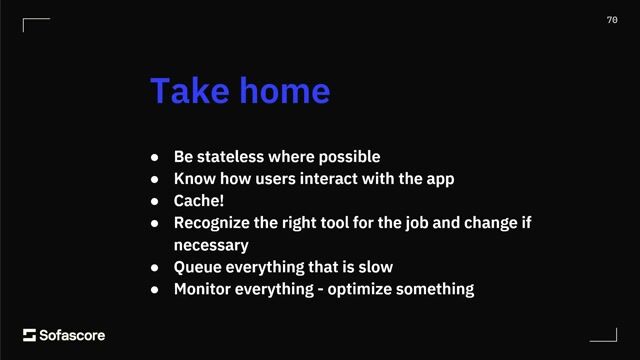
26:12 MIN
Key principles for building scalable and efficient infrastructure
Scaling: from 0 to 20 million users

03:40 MIN
Understanding Kafka's role in modern architectures
Tips, Techniques, and Common Pitfalls Debugging Kafka
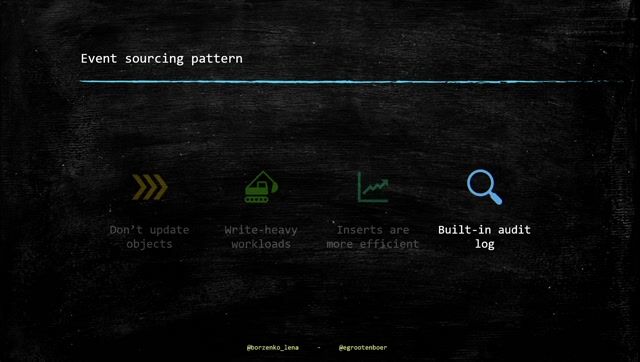
06:12 MIN
Choosing the right Azure services for your architecture
Implementing an Event Sourcing strategy on Azure
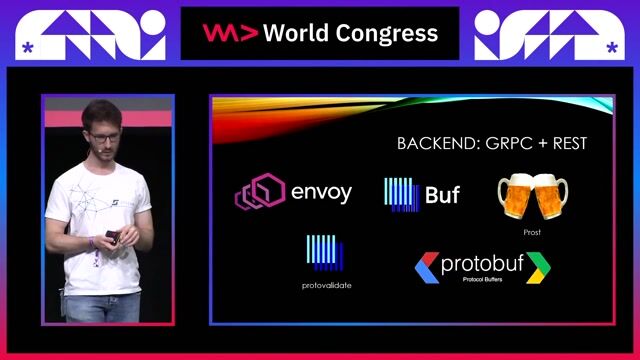
25:40 MIN
Integrating with databases, gRPC, and message queues
Rust Beyond Systems: Revolutionizing Web Development

10:34 MIN
Decoupling microservices with event streams
From event streaming to event sourcing 101
Featured Partners
Related Videos
 52:15
52:15Practical Change Data Streaming Use Cases With Debezium And Quarkus
Alex Soto
 43:27
43:27CQRS and Event Sourcing without the pixie dust
Allard Buijze
 46:24
46:24The Rise of Reactive Microservices
David Leitner
 50:06
50:06Single Server, Global Reach: Running a Worldwide Marketplace on Bare Metal in a Cloud-Dominated World
Jens Happe
 45:48
45:48Kafka Streams Microservices
Denis Washington & Olli Salonen
 32:12
32:12Bringing Clarity to Event Streams: Enabling Analytics and AI Through Rich Metadata
Clemens Vasters
 30:51
30:51Why and when should we consider Stream Processing frameworks in our solutions
Soroosh Khodami
 27:33
27:33Azure-Well Architected Framework - designing mission critical workloads in practice
Paweł Siwek
From learning to earning
Jobs that call for the skills explored in this talk.

Solution Architect (m/w/d)
DMG MORI Digital GmbH
München, Germany
Intermediate
Senior
Cloud (AWS/Google/Azure)

Software Developer (m/w/d) Connectivity Schwerpunkt C++
DMG MORI Digital GmbH
Pfronten, Germany
Intermediate
Senior
QT
C++
Docker

Microsoft Cloud Engineer - Schwerpunkt Mailing und Collaboration
Akdb
VMware
Powershell
SharePoint
Microsoft Office





